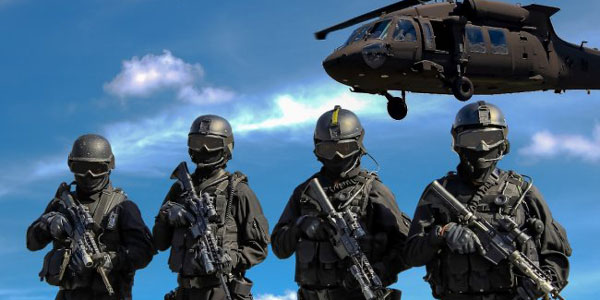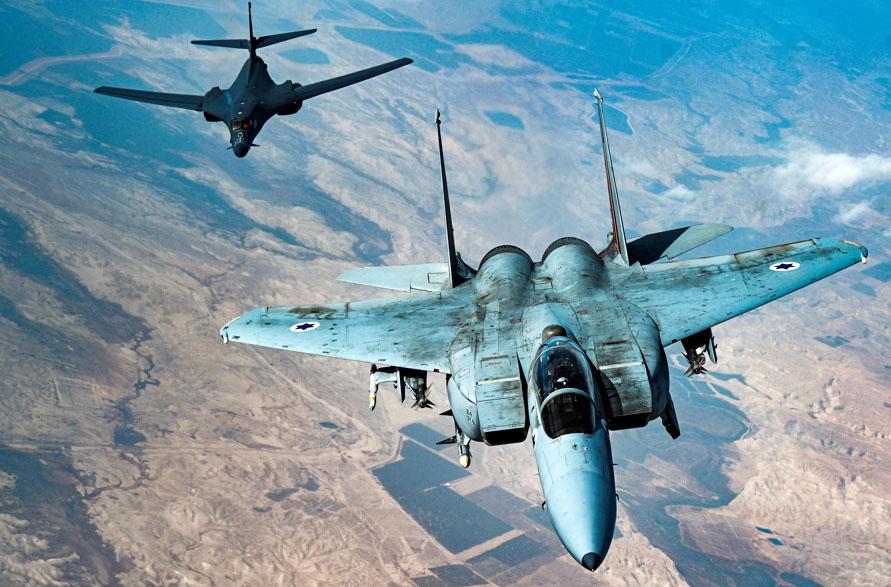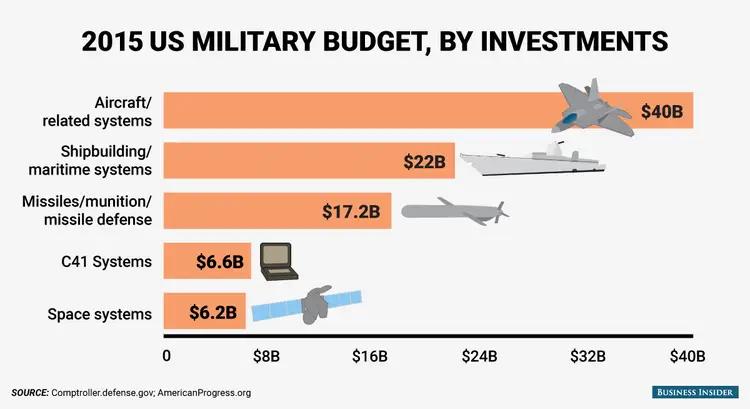Oct 19, 2023 By Susan Kelly

Introduction

Most of the federal government's discretionary spending on defence, or more broadly on national security, goes toward funding the American military budget. The military budget includes costs for personnel (such as pay, benefits, and training), operations (such as funding for operations and the procurement of new equipment), and development (such as research and development costs) (including funding for innovative technologies). The annual military budget plan of the federal government provides funding for the Army, Navy, Marine Corps, Air Force, and Space Force.
According to the House Armed Services Committee chairman, the defence budget proposal for FY2023 is anticipated to exceed $773 billion. The department is currently working under a continuing resolution as of March 2 2022, which places expenditure restrictions in place despite the DoD's need to respond to global events like the Russian invasion of Ukraine in 2022. Bipartisan agreement on a $782 billion defence budget (as part of an overall $1.3 trillion budget) had been obtained by March 9, 2022.
Why The U.S. Defence Budget Is So Important

The government must submit a proposed defence budget to Congress each year before the start of the new fiscal year. It is essential because military spending directly affects strategy. Without sufficient funds for personnel and equipment to implement the National Security Strategy, cost-effective security cannot be supplied. The government must also strike the correct balance when deciding on the size and distribution of the defence budget because there are only a finite number of money available.
How Is The Defense Budget Allocated?
The great bulk of the total budget for defence, approximately $718 billion, was allotted by the Department of Defense (DoD) for military operations in FY2021. The remaining $36 billion was used for defence-related work by government agencies like the Federal Bureau of Investigation and the Department of Energy.
The Components of U.S. Military Spending
To get a detailed image of the size of the U.S. defence expenditure, a multi-factor analysis is required. While the Pentagon's $715 billion basic budget is the most significant contributor to the defence budget, other agencies, such as the Department of Veterans Affairs ($113.1 billion), are also crucial to national security and provide the military with substantial funding. Almost $30 billion more has been given to the V.A. than in 2018. $54.9 billion goes to the VA MISSION Act and the V.A. healthcare system; $ 63.6 billion to the State Department, $ 10.3 billion to the FBI and cybersecurity inside the Department of Justice; and $54.9 billion to Homeland Security.
Campaigning. Investments
The United States allocated $2.6 billion to the Indo-Pacific Command and $6.1 billion to the Pacific Deterrence Initiative (which included building military infrastructure, defending Guam, developing missile warning and tracking systems, and creating the MPE framework for international information sharing), and $1.1 billion to the PMTEC. The budget is $4 for the European Deterrence Initiative of U.S. European Command, which includes $300 million in assistance to Ukraine and supports Security Cooperation efforts inside USEUCOM's Area of Responsibility.
Determine The Inflation Rate For Calculating The Budget
Second, a retired principal general and former director of the United States Program Analysis and Evaluation has said that it is doubtful that inflation will fall from its current level of at least 8% to 2.2 percent by October. Army Sergeant John Ferrari As a result, Congress must increase the administration's budget by at least $75 billion7 if it wants to maintain real GDP at 1.5 percent.
Key Findings
Long-term economic growth and defence funding may suffer if infrastructure investment, a persistent domestic concern, is prioritised below defence spending. While it is not the primary cause of annual deficits, defence spending contributes significantly. This was particularly true before the pandemic reaction when spending on national defence made up over half of the discretionary spending. Despite differences in the view on the timing and speed of this development, most economists agree that the growing U.S. government debt will eventually impede progress. Since the public debt was lower than now, defence spending during the Cold War did not negatively affect growth. Although tax increases to maintain or boost defence spending have been discussed in the economics literature, there is still disagreement over how they would affect economic growth.
Conclusion
The second most significant component of government spending is on the military. Social Security receives the majority. The military budget covers various government agencies, including the Department of Defense, foreign contingency operations, the Veterans Administration, Homeland Security, and the State Department. To conserve money, the Department of Defense (DoD) must reduce the number of military outposts worldwide, troop pay, and benefits. The United States' present debt and budget deficits have been growing due to military spending.
-

Leasing Options For Your LLC in 2023
Feb 05, 2024
-

OnDeck Small Business Loans – A Detailed Review
Feb 08, 2024
-

An Ultimate Guide About Capital Gains
Jan 20, 2024
-

Top Rollover IRA accounts for 2024
Feb 10, 2024
-

Best Small Business Loan For Bad Credit — An Ultimate Guide
Feb 08, 2024
-

Do You Know: How Much You Can Contribute to Your IRA?
Jan 06, 2024
-

Pros in the Field of Investment Fund Management
Oct 16, 2023




